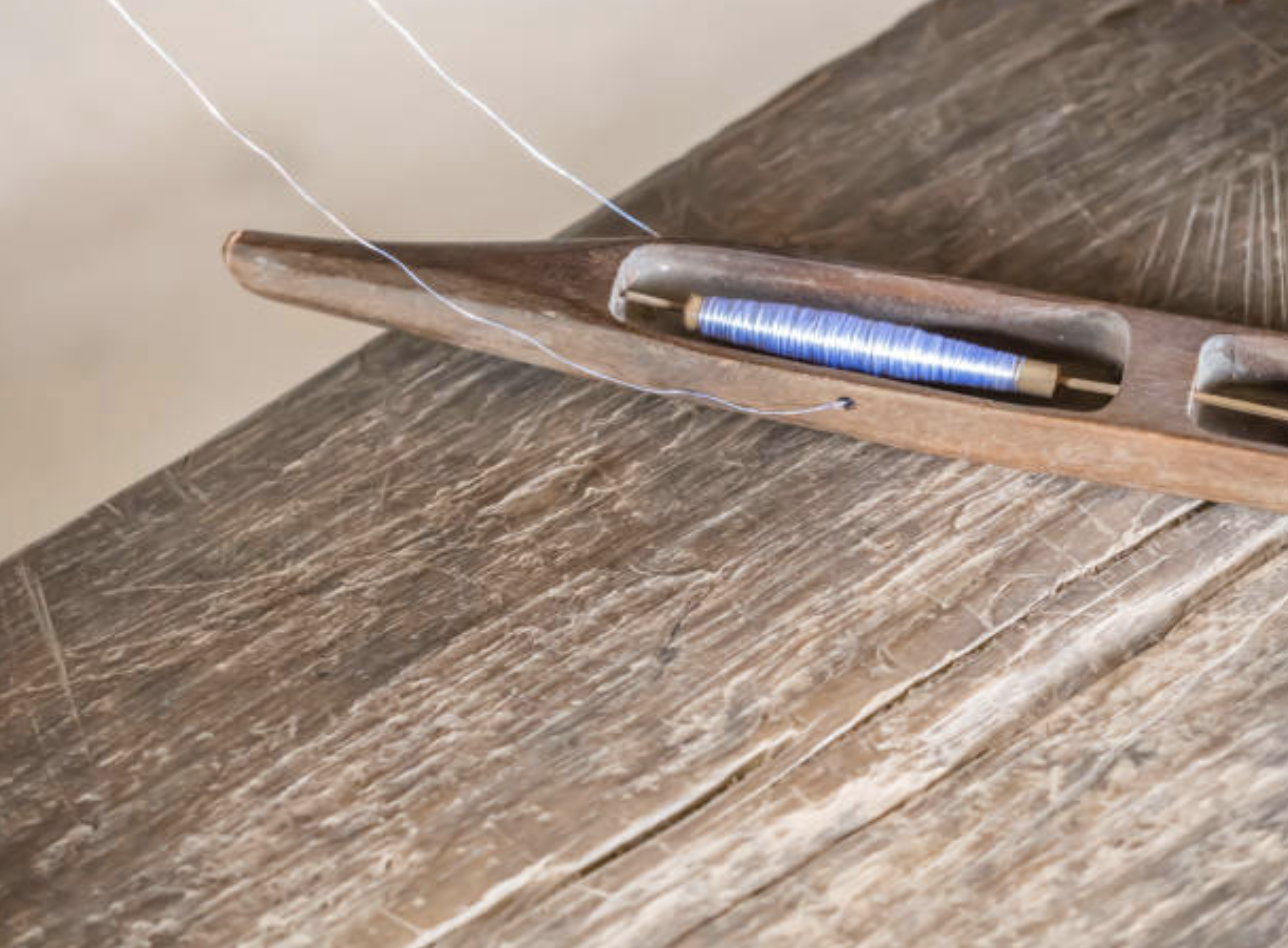Superpowers of the LBC: Learning and Teaching
Our architects like to joke that we made our decision to attempt the Living Building Challenge with lightning speed -- virtually overnight! In fact, as I suggested in my last post, it felt as though we'd been preparing for it all our lives. We recognized the LBC across a room crowded with other green-building standards, and we knew right away that we were family.
When we first began considering this remodel -- our first attempt at major construction -- we knew it was a chance to try more environmentally conscious building, but we had only a sketchy idea of what was possible. Like everyone else, we first thought of solar panels and a tight envelope, with the goal of a "passive" house. We asked the experts at Miller Hull to get us up to speed with the different available approaches. We learned there were many standards we could work toward if we wanted to. The idea of a standard sounded interesting: if we met a recognized standard then others might hear about it and could learn from our experience. They taught us about LEED, about Passive House, about WELL and the LBC. We were impressed by all the variations: we could focus on energy, or on health, we could use a point system during design and construction, or wait to see whether our house's performance results qualified us. So many choices!
My first Living Futures Conference: I love to learn!
But for us, the Living Building Challenge stood out as especially complete and integrated. Each performance category, or Petal -- like Water, Energy, Materials -- involves its own systems and issues based on the type of building and context of place, but each interrelates with the others. (For instance, water and energy are connected: did you know that 1/3 of US energy use goes to moving water?)
We appreciated that some things we don't normally think about for a single family remodel were called out. For example, remodels generate tons of waste, usually sent to landfill without a second glance. But careful attention to the waste stream was part of the Materials Petal. We loved the Equity Petal and the related Living Community Challenge, which seeks to be regenerative not just to its site but to its whole community. And wow: Education and Inspiration were part of the Beauty Petal (the Beauty Petal!).
Perhaps most of all, we loved the Living Futures Institute's emphasis on education and transparency during and after the project. The LBC is an ever-growing standard, modified over time based on the learning that comes from each new project and the evolving context of materials and construction practice. The structural solutions to our remodel problems would be open-sourced to the design community. Any progress we made in the sourcing of materials would be reflected in the shared Red List information. This website would be here as a jumping-off point for learning about each aspect of the process. Everything we struggled to achieve would be shared with others to make the whole thing easier for the next team. So important! We certainly didn't want our efforts to just dissipate into space, or only serve our individual needs.
As natural-born teacher types, this really clinched the deal for us. We just had to get on board with the LBC. Yes it is hard; yes, learning by experimentation is more expensive than doing things as usual. But then, projects that come after would benefit, making the process itself regenerative to the community. It's been an amazing learning journey. We hope it sparks new ideas and inspiration for all of us.
Written by Karen, Homeowner




